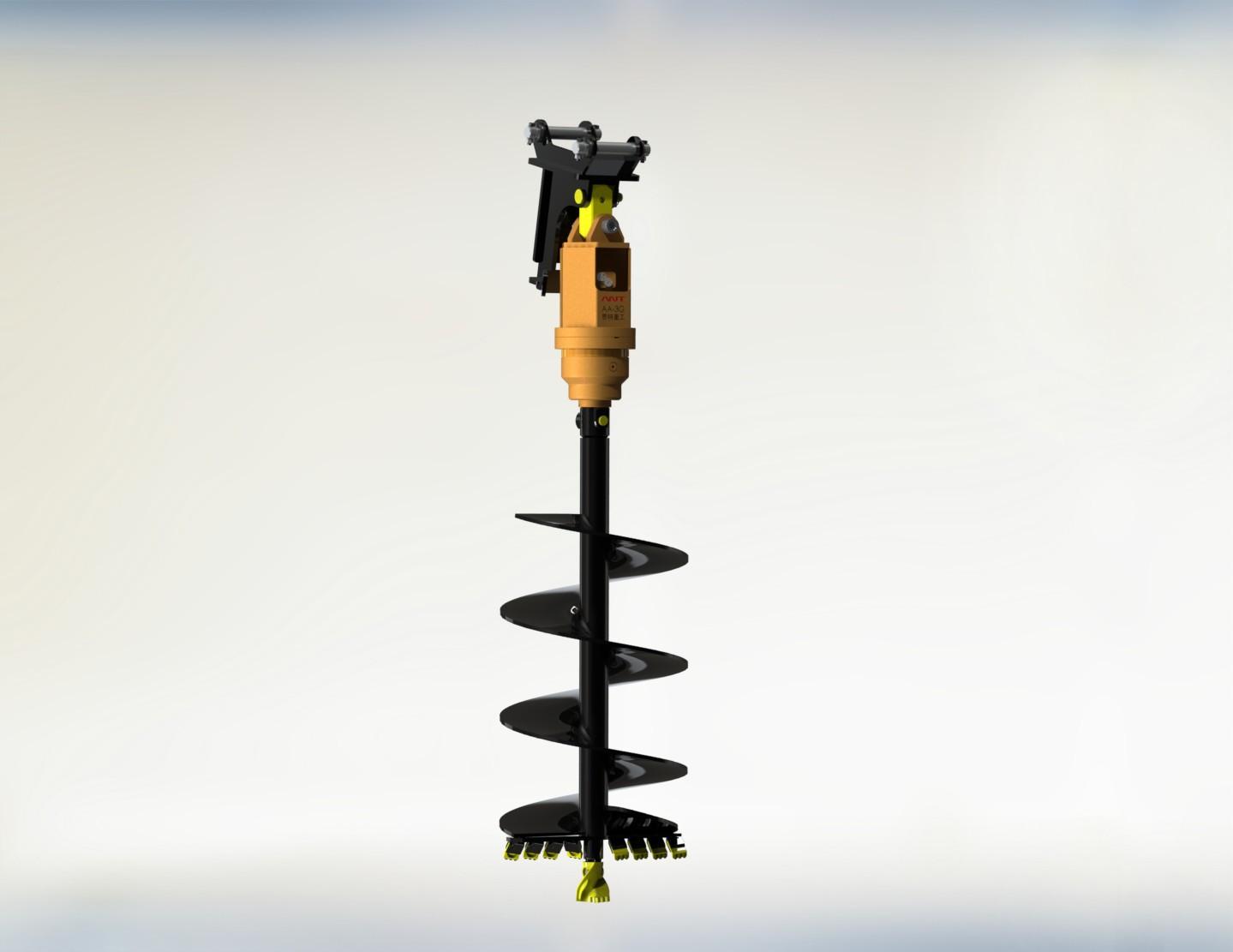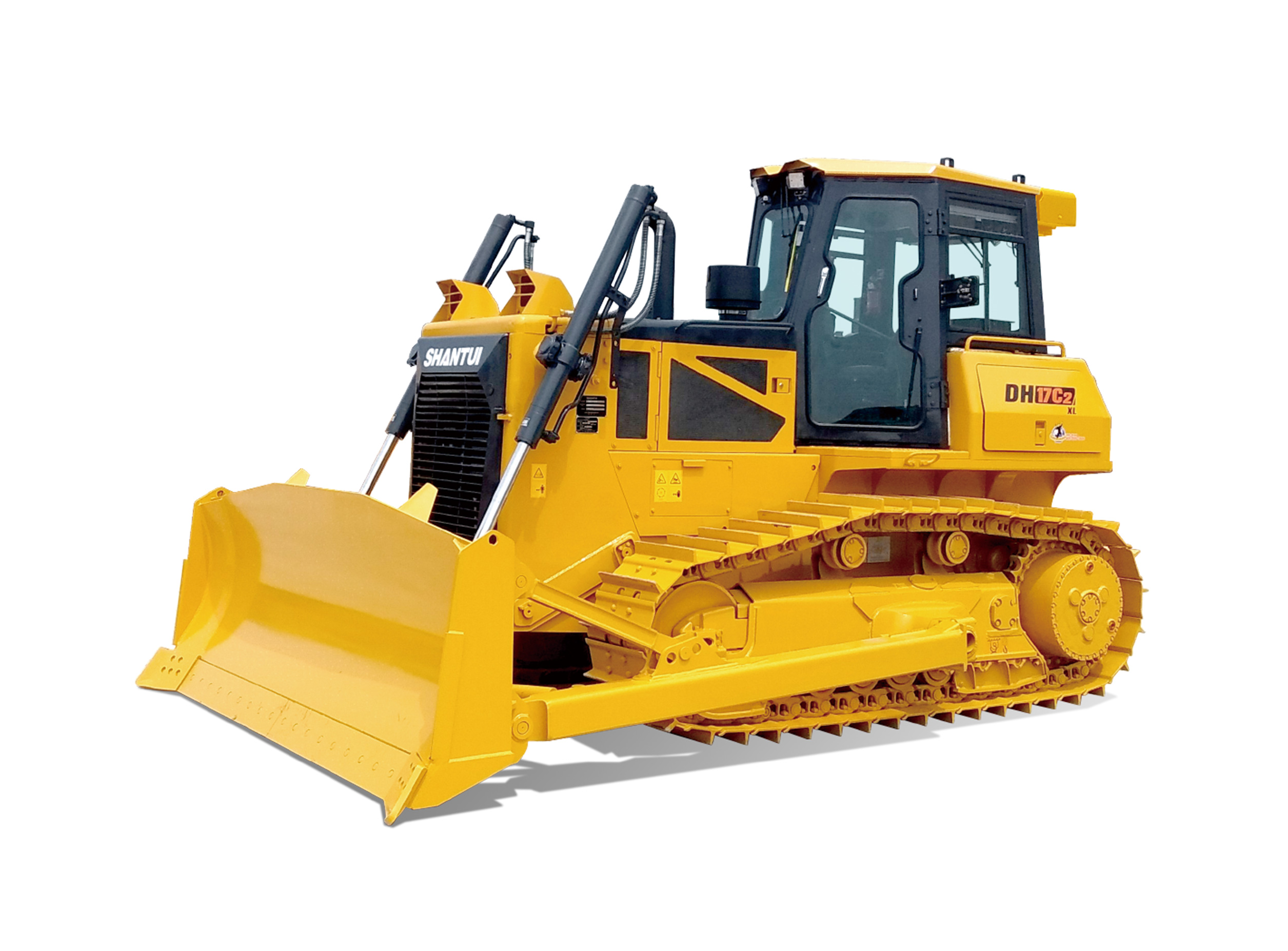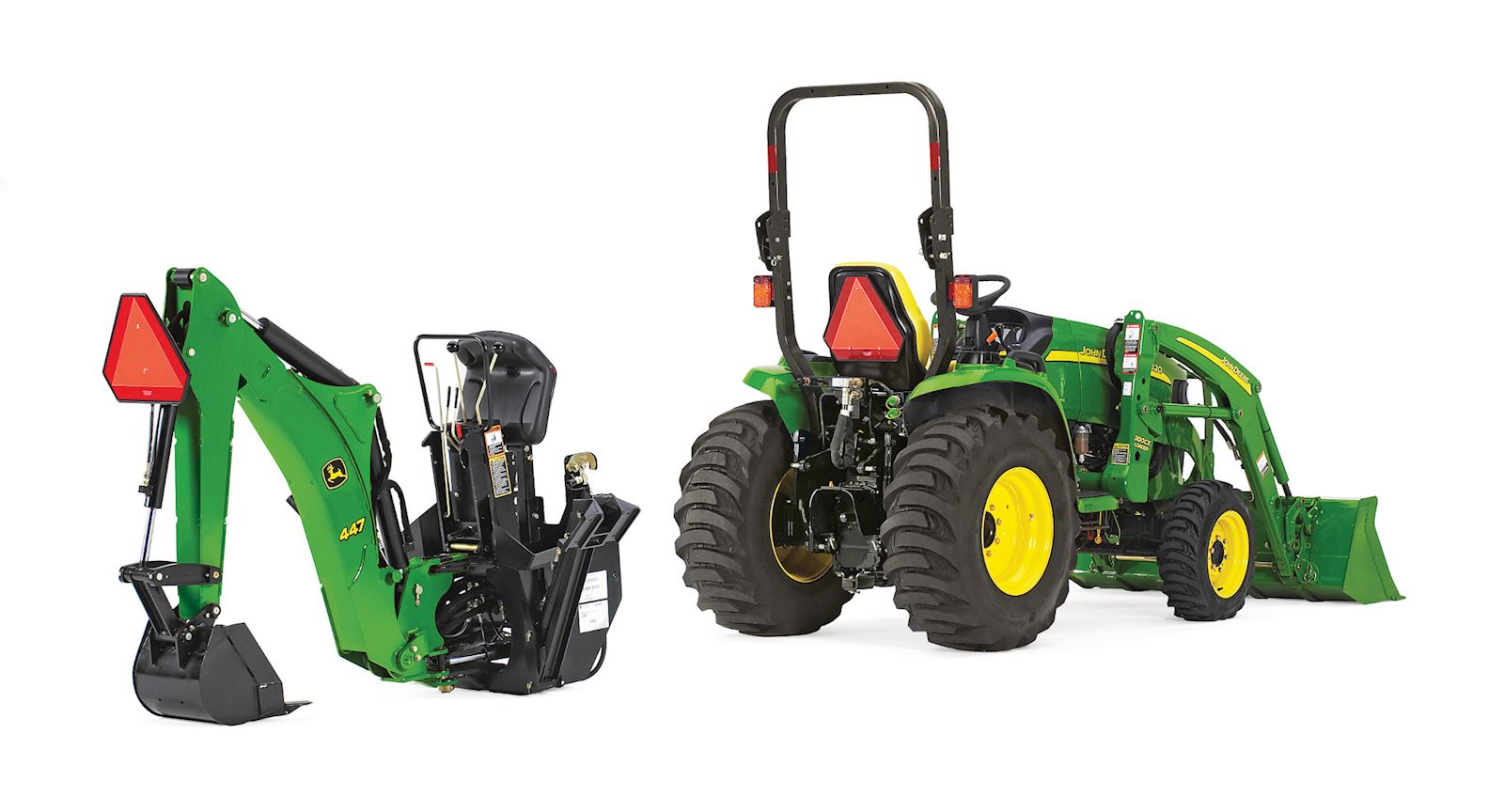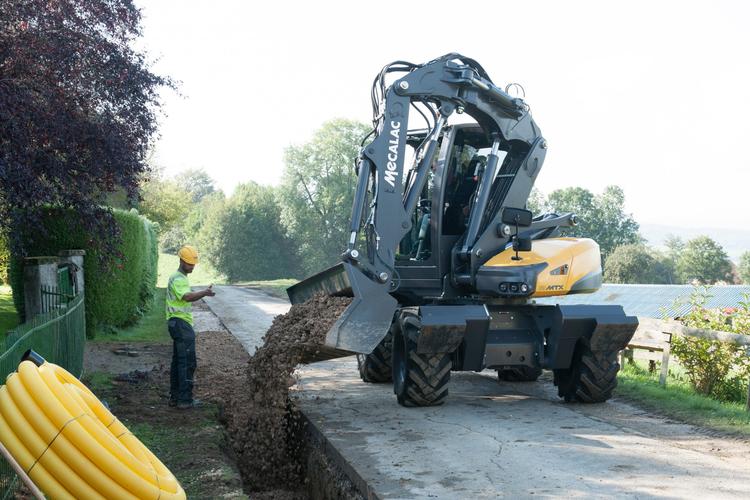The Whooping Cranes and their Habitat
The Whooping Crane, scientifically known as Grus americana, is a species of bird that is native to North America. Known for their distinctive \"whooping\" call, these cranes are among the rarest birds on the planet, with only about 800 known to exist in the wild as of 2021. One of the biggest threats to Whooping Cranes is habitat loss, which has severely impacted their populations over the years. In this article, we will explore the habitat of the Whooping Cranes and the reasons why it is so vital for their survival.
The Importance of Wetlands
One of the primary habitats of the Whooping Crane is wetlands. These areas are crucial for the cranes as they provide them with the ideal environment for feeding, nesting, and roosting. Wetlands are typically characterized by the presence of shallow water and dense vegetation, which makes them an abundant source of food for the cranes.
Wetlands also serve as a natural filtration system. They help to keep the water clean and free of pollutants, making it safe for the cranes to consume. Additionally, wetlands are essential in maintaining the ecological balance of the area, as they provide a habitat for other species of plants and animals.
The Role of Grasslands
Grasslands also play a crucial role in the habitat of the Whooping Crane. These areas are important for the cranes as they are a preferred location for their nesting sites. The grass provides the cranes with the ideal environment for nest building, as it is soft and provides ample protection from predators.
Grasslands also serve as an important feeding ground for the cranes. During their migration, Whooping Cranes stop at grasslands to feed on a variety of insects and small mammals. These areas also provide the cranes with a clear line of sight, allowing them to spot predators and other threats from a distance.
Threats to the Habitat of the Whooping Crane
As previously mentioned, habitat loss is one of the biggest threats to the survival of the Whooping Crane. Human activities such as agriculture, urbanization, and development have resulted in the destruction of wetlands and grasslands, which are the primary habitats of the cranes. This habitat loss has had a severe impact on the population of Whooping Cranes, which are now listed as endangered.
Another threat to the habitat of the Whooping Crane is climate change. Rising sea levels and changing weather patterns can result in the loss of critical wetland habitats, which are vital for the survival of the cranes. Climate change can also affect the food sources of the cranes, as changes in temperature and precipitation can adversely impact the insects and small mammals that they feed on.
Conclusion
The habitat of the Whooping Crane is complex and multifaceted, consisting of wetlands, grasslands, and other ecological systems. Protecting these habitats is crucial for the survival of this endangered species. By understanding the importance of wetlands and grasslands, we can work towards developing strategies that will help to mitigate the threats to the habitat of the Whooping Crane, ensuring that these magnificent birds can continue to thrive in the wild.
"











